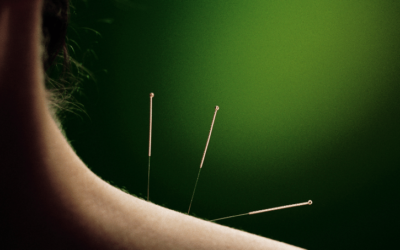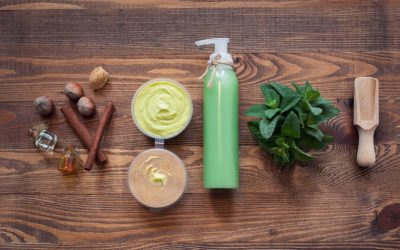Coix: Food and Medicine
Coix gained a reputation for beautifying the skin, so women in Southeast Asia have been encouraged to eat coix as a cereal grain, making it a regular practice to improve complexion. A highly concentrated extract of coix produced in Japan (where it is known as hatomugi or yokui-nin) is promoted as a support for beautiful skin, hair, and nails. Coix has been included in medicinal formulas for treating skin diseases, such as acne and other swellings. A simple food recipe for treating acne is to combine 60 grams of coix with 30–60 grams of rice: cook and add sugar to taste. In Kampo, the formula Shiwei Baidu Tang (Bupleurum and Schizonepeta Combination) is frequently prescribed for skin eruptions; as relayed in the book Commonly Used Chinese Herb Formulas with Illustrations (3): “Better results are obtained in the treatment of suppuration and in nourishing the skin when coix is added to the basic formula.” The application of coix for treating localized infections is generalized to treatment of suppurating abscesses of the lungs and intestines. A formulation based on this general indication is produced at ITM, combining coix extract with blood vitalizing and anti-toxin herbs (11). Anti-allergy properties have been suggested for coix, so that this seed is sometimes used in treatment of allergic dermatitis (12). Coix is also used topically in creams and lotions, said to clarify the skin, prevent skin aging, and reduce blemishes.


